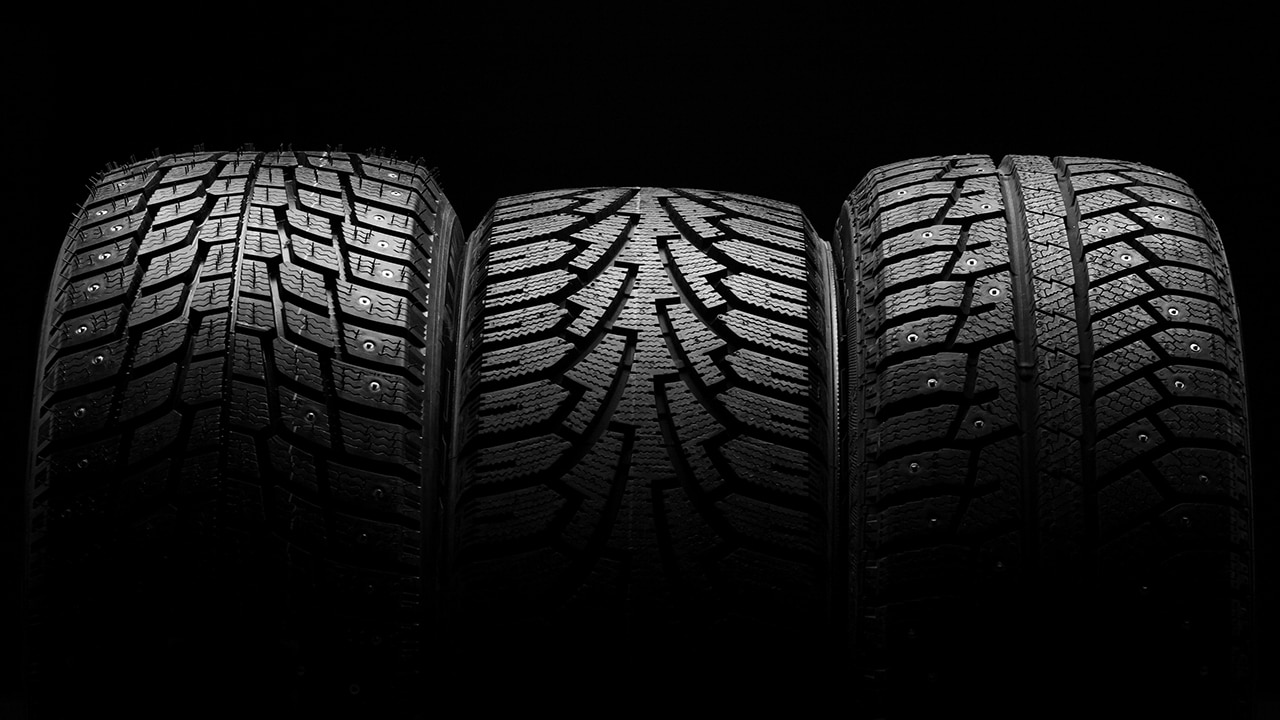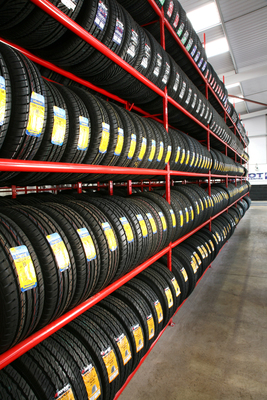All Categories
Featured
Table of Contents
The Michelin used a comfortable driving experience, qualified by receptive guiding and a modern understeer balance. Regardless of the cooler screening problems, Michelin's constant time and grasp over 3 laps suggests its suitability for real-world applications.
Another significant aspect was Yokohama's warm-up time. The tire's initial lap was a second slower than the second, indicating a temperature-related hold rise. This suggests the Yokohama could shine in completely dry, race-like conditions. However, for everyday use, the Michelin may be a safer wager. Successor was the Hankook.
Trusted Vehicle Tyres Near Me – Ballajura
It shared Michelin's safe understeer balance but lacked the latter's determination to turn. Continental and Goodyear's efficiencies were noteworthy, with Continental's brand-new PremiumContact 7 revealing a significant enhancement in damp conditions compared to its precursor, the PC6. This model was far less delicate to fill adjustments and behaved just like the Michelin, albeit with somewhat much less communication at the restriction.
It integrated the risk-free understeer balance of the Michelin and Continental with some stylish handling, proving both predictable and fast. As an all-rounder for this Golf GTI, Goodyear's Uneven variety was the standout, demonstrating excellent efficiency in the damp. Finally, the Bridgestone Potenza Sporting activity took the crown as the fastest tyre, albeit by a little margin.
Motorists seeking an exciting wet drive may locate this tire worth thinking about. The standout performer in damp braking was the most recent tyre on test, the PremiumContact 7, though the outcomes are nuanced.
Reliable Cost-effective Car Tyres Near Me
Preferably, we desired the cold temperature level examination to be at around 5-7C, but logistical delays meant we evaluated with a typical air temperature of 8C and water at 12C. While this was cooler than common test problems, it was still warmer than real-world problems. The warm temperature level test was done at an average of 18C air and 19C water.
The 3rd run entailed damp stopping tests on used tires, particularly those machined down to 2mm with a little altercation. While we planned to do more with these used tires, climate restraints restricted our screening. It's worth keeping in mind that damp stopping is most crucial at the used state, as tires usually improve in completely dry conditions as they wear.

Bridgestone, Goodyear, and Michelin saw the least efficiency reduction when used. The Hankook tyre signed up the smallest efficiency drop as temperatures cooled down, yet it was among the most influenced when worn.
Best Tyre Maintenance – Ballajura 6066 WA
The take-home message right here is that no solitary tire excelled in all facets of wet stopping, showing a complex interplay of elements affecting tire efficiency under various problems. There was a standout tyre in aquaplaning, the Continental completed top in both straight and rounded aquaplaning, with the Michelin and Goodyear additionally great in deeper water.

Yokohama might profit from somewhat even more hold, a problem potentially affected by the cooler problems. When it comes to taking care of, all tyres carried out within a 2% array on the lap, demonstrating their top notch performance (Tyre repair). However, thinking about these tires basically target the very same consumer, it's intriguing to observe the considerable distinctions in feeling.
The shock is since the PremiumContact 6 was just one of my favourites for stylish completely dry drives, however its follower, the PremiumContact 7, seems elder and appears like Michelin's performance. Amongst these, Hankook was the least precise in guiding and interaction at the restriction. Discount car tyres. Both Michelin and Continental offered beautiful initial guiding, albeit not the fastest
If I were to suggest a tire for a quick lap to a newbie, say my daddy, it would be just one of these. Then we have the 'fun' tyres, particularly Yokohama and Bridgestone. Both were quick to guide and really felt sportier than the others, but the compromise is a much more spirited back side, making them more difficult to take care of.
Reliable Tyre Repair Services (Ballajura WA)
It gave similar guiding to Bridgestone but used far better responses at the restriction and better hold. The Bridgestone Potenza Sporting activity, however, seemed to break down fairly rapidly after just 3 laps on this demanding circuit. There's Goodyear, which positioned itself someplace between the fun tyres and those often tending towards understeer.
All in all, these tyres are exceptional entertainers. In terms of tyre wear, the technique utilised in this test is what the market refers to as the 'gold standard' of wear.
Both the Bridgestone and Yokohama tyres substantially underperformed in contrast to the other 4 tires in regards to rolling resistance, with Continental a little outshining the rest. Regarding the convenience level of the tyres, as anticipated, a lot of demonstrated an inverse correlation with handling. The Continental, Michelin, and Goodyear tires executed finest across various surface area types tested.

Bridgestone began to reveal indications of firmness, while Yokohama was specifically rough over craters. We did measure interior noise levels; nevertheless, as is typically the situation, the outcomes were carefully matched, and as a result of weather restrictions, we were incapable to perform a subjective analysis of the tires sound. Ultimately, we considered abrasion numbers, which determine the amount of tire tread lost per kilometre, normalised to a one-tonne vehicle.
Best Tyre Upgrades Near Me (Ballajura 6066 WA)
This figure stands for the quantity of rubber dust your tires produce while driving. Michelin led in this group, generating over 9% less rubber particulate matter.
Latest Posts
Car Tyres
Trusted Vehicle Alignment – Swan
Honest Tyre Servicing Near Me – Brabham WA